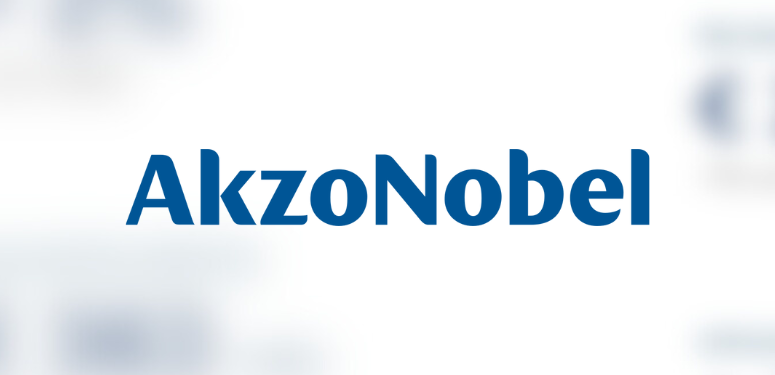Toronto, Ontario — Since Valentine’s Day, stock markets across the globe have seen their values drop by more than ten percent. There is no consensus on whether this is a simple market correction, an overreaction to the coronavirus crisis or the start of the 21st century’s second major financial meltdown. Business owners should ready themselves for anything–especially in the collision sector.
Here is a quick look at three ways to help recession-proof your collision businesses.
A) Check on your business’s debt ratio
Some debt is sensible for the operation of any business, but being heavily indebted during a financial crisis can spell the end of a business.
In 2008, at the start of the great recession, many businesses that had previously looked healthy went belly-up because of business decisions made with too sunny an outlook on the world’s financial strength. On a broad level, the world’s debt-to-wealth ratio reached a point where this abundance of optimism made the crash inevitable. As blocks of high-risk asset loans began to accumulate in lending institutions, the number of defaulters reached a critical point.
Lending institutions themselves became insolvent because owning debt itself became more expensive. In turn, money available for lending became less readily available, and businesses reliant on debt started to collapse. This, of course, had a significant knock-on effect for partner businesses, and the damage grew like an avalanche.
Currently, large businesses in the United States are operating with similar debt-to-equity ratios as in 2008–about 13 percent. In the collision sector, maintaining such a high-volume of debt, however, would be unmanageable.
In the collision game, average debt-to-equity rates are more typically about six percent–which is actually quite healthy. Debt ratios between three and six percent are often viewed as a sign businesses are capable of functioning efficiently, and without unnecessary risks.
B) How much is returned from what you are lending?
Collision businesses may not look like banks, but they are also in the lending game–it is just that they rarely collect interest. Every delayed invoice, uncollected bill and declined payment is a hit against a facility’s bottom-line.
While some major auto insurers may say they do not pay-off invoices on anyone’s timeframe but their own, special cases do exist. Effectively recession-proofed collision facilities use a few tricks to ensure they are among the special elect.
One simple trick is to offer rebates based on early payment. While this does mean taking a short-term hit, the benefit of establishing a faster debt-payment process is a key part of preparing for a bad economy.
With customer-pay situations, the benefit is even greater. When facing a fiscal crisis, people tend to focus on paying off the costs they cannot manage to do without. Unfortunately, as collision repair facilities become lenders the moment their work is complete, debts to collision repairers are often seen as less vital to pay off quickly. Establishing a benefit to quick payments will help change the clients’ mindset.
C) Consider what your business is best at doing–and get better
If you are over 30, you may have an inkling of the psychology of recessions. It is a bit like the moments after seeing yourself wearing clothes that you are too old to get away with. Recessions are difficult to see coming but easily explained in their aftermath. The market comes to a sudden realization that something is fundamentally wrong with how money is moving and then overcorrects.
The businesses that are able to protect their market share are the ones that preserve their operational confidence–even when things are collapsing around them.
Understanding what your business is best at doing is the first part of establishing a recession-proof business model. Streamlining the business around those areas should help protect collision businesses during economic downturns.
Businesses that over-leverage themselves by investing in the staff, equipment and training needed to provide new services will, naturally, increase their debt-load. While extending the services offered to insurers and customers is a key part of building the strength of your business, it should never be relied on.
When a business goes sour, the cost of providing new services can quickly outpace the profits from them.
The areas of a business that are most profitable, however, are more likely to remain that way.





































